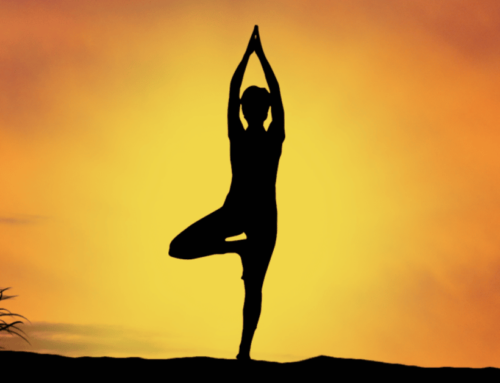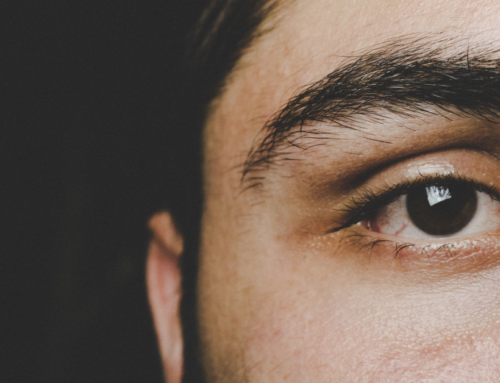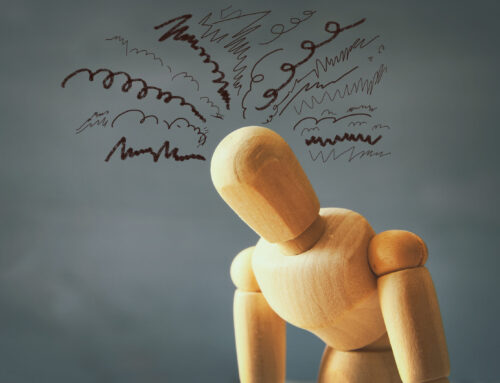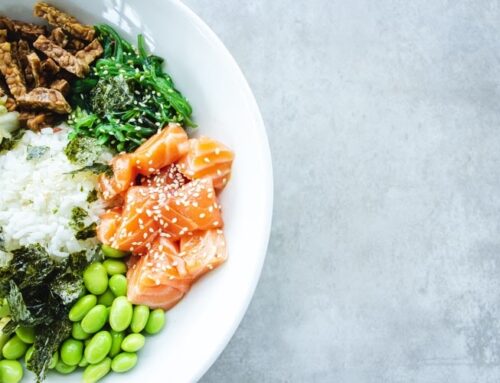Drug users are skilled and intentional in covering their tracks, so paying close attention to their behaviors and understanding drug slang will help you intervene early.
With growing national concern over drug use, educating parents is paramount to protecting our kids and loved ones. One of the biggest problem parents or loved ones run into is cracking the drug slang code. If you suspect your child or loved one involved with drugs, you’ll probably run into constant road blocks designed to confuse or mislead you. Drug users are skilled and intentional in covering their tracks, so paying close attention to their behaviors and understanding drug slang will help you intervene early.
Although this list isn’t comprehensive, it includes the main drugs used by teens and lists the alternative names.
- Bath Salts – Bath salts made national news recently when thousands of young people landed in hospitals with sometimes-irreversible side effects. Marketed as cleaning chemicals to get around drug laws, bath salts grew in popularity through word of mouth. They provide the user with a powerful amphetamine-like stimulating effect and are also known as:
- Cloud 9
- Vanilla Sky
- White Lightning
- Bloom
- Scarface
- Bliss
- Drone
- Energy-1
- Meow Meow
- Pure Ivory
- Blue Silk
- Stardust
- Lunar Wave
- Wicked X
- Cocaine – This notorious white-powered drug is known for its short bursts energy and euphoria. It can be snorted, smoked, or injected and the “fun” fades fast leaving users craving another hit and another – eventually leading to a lasting addiction. Cocaine is used by almost 5% of high school seniors and it is the most addictive drug behind heroin. Cocaine is also known as:
- Coke
- Blow
- Rock
- Crack
- Yayo
- Snow
- Sniff
- Sneeze
- White
- Nose Candy
- Bernice
- Toot
- Line
- Dust
- Flake
- Cough medicines – Robotripping is something teens have taken to and it’s a woozy high caused by drinking cough syrup. The main ingredient in most cough syrups, dextromethorphan (or DXM), causes the enticing high and can also lead to chemical dependency. Even more dangerous are the codeine cough syrups, which are harder to get a hold of, but not impossible if a teen knows someone with a prescription. Cough syrups are also referred to as:
- Dexies
- Drex
- Robo
- Rojo
- Red Devils
- Poor Man’s Ecstasy
- Orange Crush
- Tussin
- Velvet
- Triple C
- Drank, Purple Drank or Sizzurp (combining cough syrup with soda)
- Crystal Meth – Nearly three times more powerful than cocaine, crystal meth gives a lasting high followed by a debilitating crash. Recent data suggests one in 33 teens experiment with this substance. Because of its powerful nature, addiction after just one use is common and detox is especially difficult. Crystal meth is also known as:
- Shards
- Go
- Whizz
- ChalkCrystal
- Meth
- Cristy
- Tina
- Crank
- Crissy
- Tweak
- Glass
- Ice
- Ecstasy – This go-to club drug causes a rush of dopamine and leaves users feeling happy, elated and more connected to each other. While pure ecstasy (MDMA) is dangerous alone, the real threat lies in what the drug is “cut” with. In many cases ecstasy pills also contain caffeine or meth. Slang for this drug includes:
- X
- E
- XTC
- Molly
- Rolls
- Hug
- Hug Drug
- Love Drug
- Lover’s Speed
- Beans
- Adam
- Clarity
- Moon Rocks
- Happy Pill
- Dancing Shoes
- Scooby Snacks
- Candy
- Heroin – Heroin is one of the most dangerous drugs out there. It’s intensely addictive and once injected into a persons’ body the drug blocks pain receptors leaving people in a numb, euphoric state for hours. It is also known as:
- H
- Smack
- Dope
- China White
- Horse
- Skag
- Junk
- Black Tar
- Big H
- Brown Sugar
- Mud
- Dragon
- Boy
- Mexican Brown
- Thunder
- Skunk
- Scag
- Inhalants – Teens are resourceful, and inhalants are one of their most creative ways to get high. Inhaling gas from household cleaners, markers and any other item with noxious gas is dangerous and addictive. Teens refer to inhalants as:
- Huff
- Poppers
- Whippets
- Nitrous
- Laughing Gas
- Moon Gas
- Snappers
- Bold
- Rush
- Air Blast
- Glad
- Hippie Crack
- Oz
- Discorama
- Whiteout
- Poor Man’s Pot
- Ketamine – This veterinary anesthetic has a powerful tranquilizer effect, which leaves users in the “k-hole” where it becomes difficult to move. Breathing and heart rate slow, leaving the user feeling detached with an out-of-body experience. Ketamine is also known as:
- K
- Ket
- Special K
- Vitamin K
- Green K
- Super C
- Super Acid
- Special La Coke
- Jet
- Purple
- Kit Kat
- Cat Valium
- Honey Oil
- LSD – Infamous for its psychedelic trip, LSD gained its popularity in the 60s and is known for its 12 hour “trip” full of hallucinations. Each “trip” is unpredictable, overwhelming, and users are known for losing control of their emotions and even experiencing mental breakdowns. LSD is also known as:
- Acid
- L
- Lucy
- Lucy in the Sky with Diamonds
- Cid
- Tabs
- Doses
- Blotter
- California Sunshine
- Yellow Sunshine
- Window Pane
- Battery Acid
- Dots
- Looney Toons
- Superman
- Marijuana – Commonly referred to as the gateway drug, marijuana is one of the most common and talked about drugs. When smoked, marijuana releases the psychoactive chemical THC. It leaves the user feeling relaxed with a mild hallucinogenic effect and heightened senses. It is also known as:
- Weed
- Pot
- Hashish
- Hash
- Green
- Bud
- Grass
- Trees
- Reefer
- Herb
- Mary Jane
- Ganja
- Hemp
- Dope
- Chronic
- Kush
- Sinsemilla
- Purple Haze
- Mushrooms – Although they look similar to mushrooms used in cooking, the roughly 200 types of psychedelic mushrooms contain mind-altering chemicals that cause users to experience hallucinations, euphoria, and an altered sense of time and space. These are also called:
- Magic Mushrooms
- Shrooms
- Boomers
- Caps
- Mushies
- Buttons
- Magics
- Blue Meanies
- Liberty Caps
- Cubes
- Liberties
- Oxycodone – This powerful narcotic painkiller is a commonly abused prescription pill. Around one in 20 teens admit to trying oxycodone, and approximately 75% of those who develop an oxy habit eventually become addicted to heroin. There are several street names including:
- Oxy
- OC
- O
- Ox
- Oxycotton
- Oxy 80s
- Blue
- 512s
- Kickers
- Killers
- Hillbilly Heroin
- Synthetic Marijuana – Synthetic marijuana isn’t the same as the marijuana most parents remember from their teen years. Introduced in the early 2000s, the colorfully wrapped drug was sold as an “herbal incense”, but the side effects can be life threatening even after a single use. The U.S. government has been cracking down on synthetic marijuana in recent years and a growing number of rehab centers offer help for those struggling with this dangerous substance. Synthetic marijuana is also known as:
- Spice
- K2
- K2 Drug
- K3 Drug
- Bliss
- Black Mamba
- Yucatan Fire
- Skunk
- Genie
- Bombay Blue
- Solar Flare
- Zohai
- Joker
- Kush
- Kronic
- Vicotin – This prescription drug is the second most popular drug prescription drug used by high school seniors. Roughly 5% of 12th grades use vicotin without a prescription and for non-medical reasons. It is also known as:
- Vikes
- Vics
- Vicos
- Fluff
- Scratch
- Norco
- Hydros
- Lorris
- Idiot Pills
- Tabs
- Watsons
- 357s
- Xanax – Kids generally try this anti-anxiety drug out of curiosity, and while it lacks the “fun” side effects of many other drugs, Xanax is highly addictive. When Xanax and other anti-anxiety drugs like Valium, Klonopin and Ativa are misused people can suffer side effects like depression, seizures, and twitching. Xanax is also known as:
- Xannies
- Bars
- Z-Bars
- Zanbars or Xanbars
- Handlebars
- Planks
- Bricks
- Benzos
- Blue Footballs
- Upjohn
- School Bus
- Bicycle Parts
- Yellow Boys
- White Boys
- White Girls
- PCP – This is a dissociative anesthetic drug that causes disorientation and loss of physical and mental control. Although not as common as many other drugs, hundreds of thousands of American teens put themselves and their mental health at risk by taking PCP. It is also known as:
- Ozone
- Embalming fluid
- Rocket fuel
- Love boat
- Angel dust
- Hog
- Rocket fuel
- Love boat
- Superweed
- Wack
- Wet (a marijuana joint dipped in PCP)
- Adderall/Ritalin – These two drugs are prescribed to help treat ADHD and although Adderall is more common, both are used as a study aid. Teens take these drugs to increase their focus and energy levels for all-nighters/exam days. Teens generally get a hold of these drugs from siblings or friends who have prescriptions, and a 2013 study revealed that 5 million students in the U.S. have abused these drugs.
Adderall is also known as:
- Addys
- Uppers
- Beans
- Black Beauties
- Pep Pills
- Speed
- Dexies
- Zing
- Study Buddies
- Smart Pills
Ritilian is also known as:
- Vitamin R
- R-ball
- Rids
- Rit
- Diet Coke
- Kiddie Cocaine
- Kiddie Coke
- Skippy
- Pineapple
- Kibbles and Bits
- Skittles
- Smarties
- Poor Man’s Cocaine
Remember, addiction is a disease and early intervention is key to recovery. By educating yourself about the drugs our teens are exposed to and their street names, parents and guardians are better equipped to spot suspicious behavior and intervene early.
Related: Traits of an Addictive Personality








Leave A Comment